
Home |
About Us |
How to Participate |
Biodiversity Modules |
Projects |
Maps |
News |
Resources

Home |
About Us |
How to Participate |
Biodiversity Modules |
Projects |
Maps |
News |
Resources
|
Definition of "Agriculture" General Code 300: Intensively managed fields. Does not include un-maintained range used as pasture. It does include land set aside for Conservation Reserves. |
Agriculture: Irrigated Orchard (313)
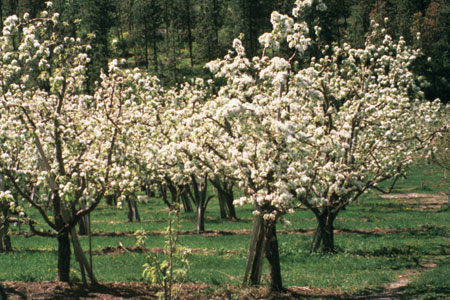 | |
| Descriptive Habitat Code: Agriculture (3) with irrigated (1) orchards (3). | |
| Photo: KMD | |
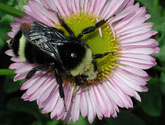 Bumblebee Bombus Code: Photo: TFK |
Distribution and Habitat: Bumblebees are typically found in higher latitudes and/or high altitudes. They are commonly seen around fields and in flower gardens. Diet: Interesting fact: |
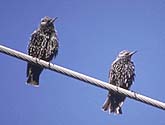 European starling Sturnus vulgaris Code: STVU Photo: RA |
Distribution and Habitat: It is common in lowland areas, developed (urban), and agricultural areas throughout its range. Diet: Interesting fact: |
 Honey bee Apis mellifera Photo: TFK |
Distribution and Habitat: Bees are commonly seen around fields, orchards and in flower gardens. Diet: Interesting fact: Foragers must collect nectar from about 2 million flowers to make 1 pound of honey. |
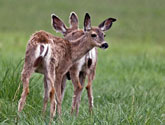 Mule Deer Odocoileus hemionus Code: ODHE Photo: Natures Pics |
Distribution and Habitat: Mule Deer are found throughout Washington, including the islands, in hardwood and coniferous forests, dense shrubs or other young successional stages with small trees or shrubs. Diet:
Interesting fact:
|
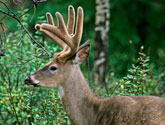 White-tailed Deer Odocoileus virginianus Code: ODVI Photo: Natures Pics |
Distribution and Habitat: White-tailed deer are found in North America from southern Canada through Central America. Deer prefer open woodland, but are often found on the fringes of urban areas and in farming country. Diet:
Interesting fact:
White-tails, particularly the young, are preyed upon by bobcats, mountain lions, coyotes, and wolves. |
Home |
About Us |
How to Participate |
Biodiversity Modules |
Projects |
Maps |
News |
Resources